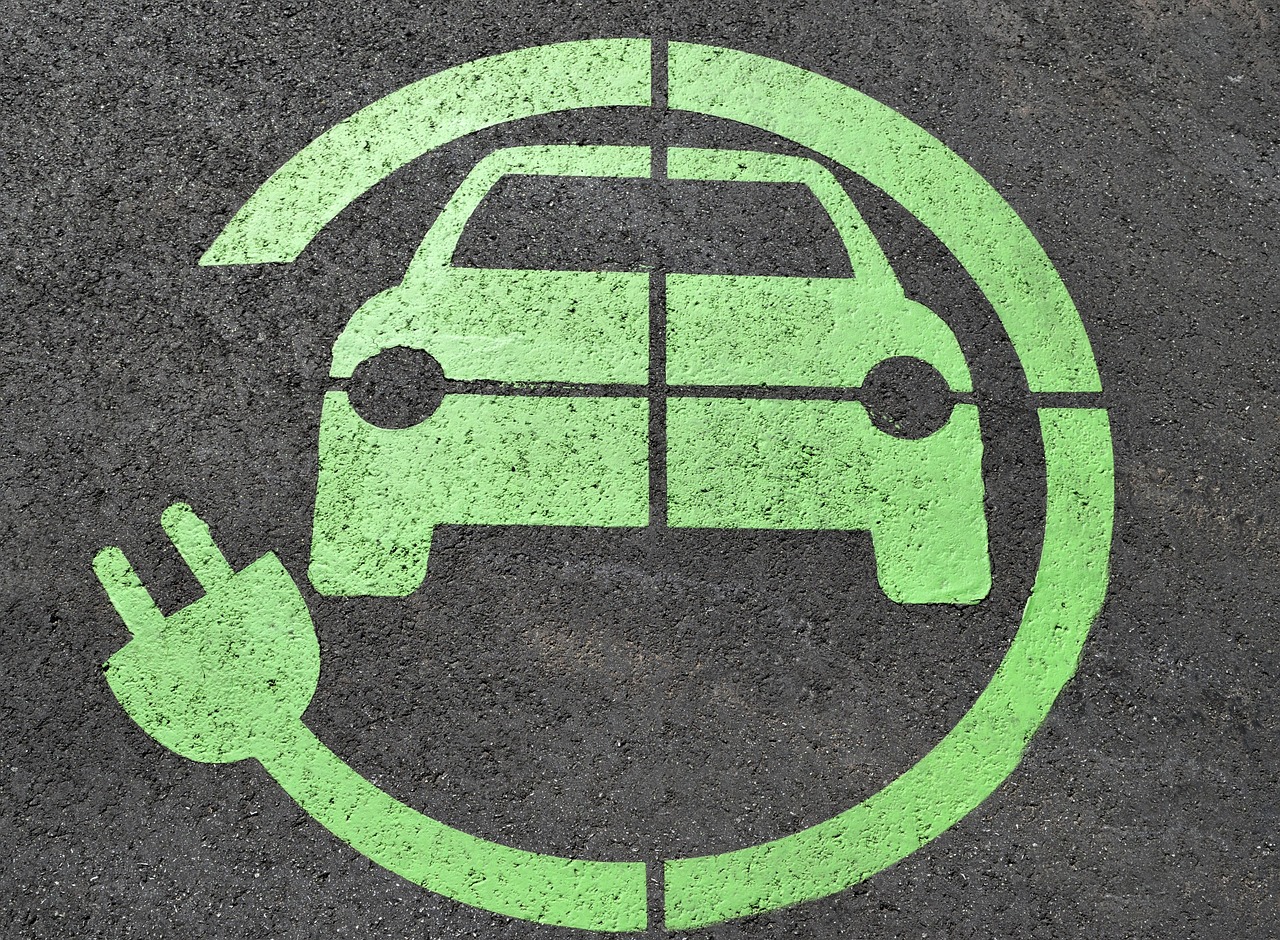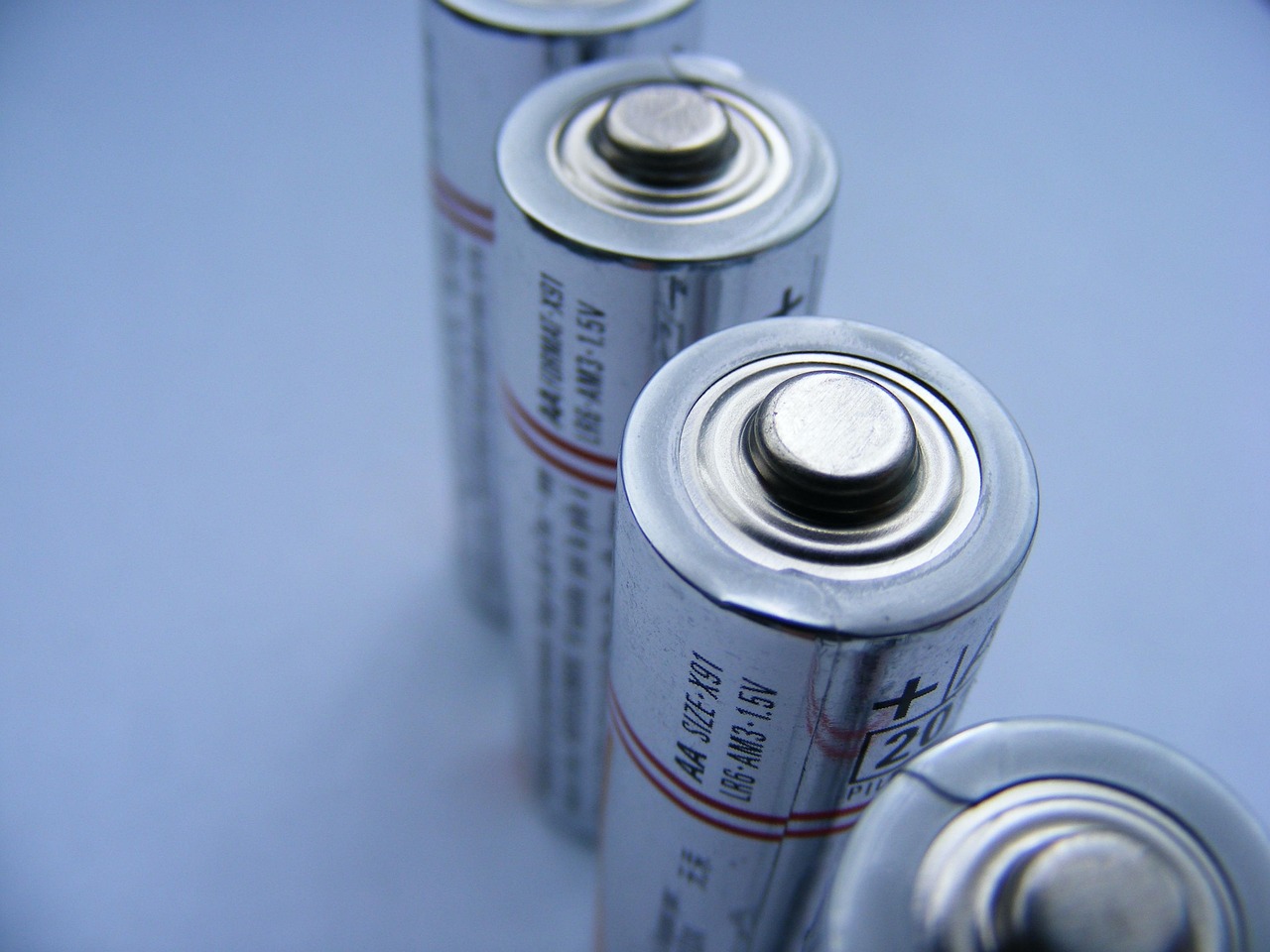As the world races to transition away from fossil fuels, renewable energy technologies are gaining traction across industries and governments. Among them, biofuels play a crucial role in reducing greenhouse gas emissions and achieving energy independence. But not all biofuels are created equal. They vary by feedstock, technology, environmental impact, and stage of development.
This article explores the main types of biofuels, their sources, and what they mean for a more sustainable future.
🔎 What Are Biofuels?
Biofuels are fuels produced from organic matter—primarily plant material or animal waste. Unlike fossil fuels, which take millions of years to form, biofuels are derived from recently living organisms, making them renewable and potentially carbon-neutral.
They are primarily used in the transportation, heating, and power generation sectors. Biofuels are often categorized based on generation, which refers to the type of feedstock and production methods used.
🌽 First-Generation Biofuels (Conventional Biofuels)
Feedstocks:
Food crops: corn, sugarcane, wheat, barley
Vegetable oils: soybean, rapeseed, palm oil
Animal fats
Common Types:
Ethanol
Produced by fermenting sugars from crops like corn and sugarcane. Often blended with gasoline (e.g., E10 or E85).Biodiesel
Made through transesterification of vegetable oils or animal fats. It’s used in diesel engines and can be blended with petroleum diesel.Straight Vegetable Oil (SVO)
Less processed than biodiesel, SVO can power specially modified diesel engines directly.
Advantages:
Mature technologies and global infrastructure
Provides income for farmers and rural communities
Reduces dependence on imported oil
Disadvantages:
Food vs. fuel debate: These fuels compete with food crops, raising concerns about global food prices and hunger.
Environmental impact: Expansion of croplands can lead to deforestation and habitat loss.
Lower net emissions savings: Fertilizer use and land-use change reduce their climate benefits.
Status: Commercially widespread, especially in countries like the U.S., Brazil, and the EU.
🌾 Second-Generation Biofuels (Advanced Biofuels)
Feedstocks:
Non-food biomass: crop residues, forestry waste, grass
Dedicated energy crops: switchgrass, miscanthus
Industrial and municipal solid waste
Common Types:
Cellulosic Ethanol
Produced from cellulose-rich plant residues using enzymatic or thermochemical processes.Biomass-to-Liquid (BTL)
Involves gasifying biomass into syngas and converting it into liquid fuels using the Fischer-Tropsch process.Bio-synthetic Natural Gas (Bio-SNG)
Methane produced from gasified biomass.Lignin-Based Fuels
Extracted from lignin, a tough, woody material found in plants—often a waste product in paper and bio-refining.
Advantages:
Utilizes waste and residues, reducing pressure on food systems
Higher potential for greenhouse gas reduction
Improves waste management and circular economy
Disadvantages:
Expensive and complex technologies
Scaling up remains a challenge due to high capital costs and processing difficulties
Status: Emerging; several pilot and demonstration projects globally
🌿 Third-Generation Biofuels (Algae and Microbial Fuels)
Feedstocks:
Algae (microalgae and macroalgae)
Genetically modified microorganisms (engineered bacteria and yeast)
Common Types:
Algal Biodiesel
Extracted from algae oil and converted into biodiesel.Algal Ethanol or Hydrocarbons
Some algae and microbes can be engineered to secrete ethanol, butanol, or hydrocarbon fuels.
Advantages:
High yield per acre: Algae can produce 10–100 times more fuel per unit of land than crops.
Can grow on non-arable land using wastewater or seawater
No food competition: Does not use food crops
Disadvantages:
Production is energy-intensive and costly
Requires further development of cultivation and harvesting technologies
Commercial viability is still years away
Status: Research and development; some small-scale deployments
🌞 Fourth-Generation Biofuels (Synthetic and Carbon-Negative Fuels)
Feedstocks:
Engineered photosynthetic organisms
Captured CO₂ from the atmosphere
Renewable electricity
Common Types:
Photobiological Solar Fuels
Use genetically engineered organisms (like cyanobacteria) to produce fuels directly from sunlight, water, and CO₂.Electrofuels (E-Fuels)
Created by using renewable electricity to convert CO₂ and water into fuels (e.g., synthetic methane, methanol, or diesel).
Advantages:
Potential to be carbon-negative
Integrates with carbon capture technologies
Can be stored and transported like conventional fuels
Disadvantages:
Very early-stage and experimental
High energy input and expensive processes
Not yet ready for commercial scale
Status: Experimental; mostly confined to research labs and pilot projects
💨 Gaseous Biofuels
Feedstocks:
Animal manure, food waste, sewage sludge
Landfill waste
Biomass gasification
Common Types:
Biogas
Produced via anaerobic digestion of organic waste. Mainly methane and CO₂.Landfill Gas
Methane captured from decomposing organic waste in landfills.Biohydrogen
Hydrogen produced biologically or thermochemically from biomass.
Advantages:
Excellent for waste-to-energy applications
Can be used for local power generation, heating, or upgraded to vehicle-grade biomethane
Reduces methane emissions from waste systems
Disadvantages:
Requires special storage and transport infrastructure
Lower energy density compared to liquid fuels
Variable gas quality depending on source
Status: Commercial in several countries; growing in use for local energy systems and renewable natural gas (RNG) networks.
📊 Comparative Overview
| Generation | Feedstocks | Examples | Pros | Cons | Commercial Status |
|---|---|---|---|---|---|
| 1st | Food crops (corn, sugarcane, soy) | Ethanol, Biodiesel | Mature, rural support | Food competition, deforestation | Commercial |
| 2nd | Crop waste, wood, grasses | Cellulosic ethanol, BTL | High GHG savings, uses waste | Expensive, complex | Emerging |
| 3rd | Algae, microbes | Algal biodiesel, ethanol | High yield, low land use | Immature, high cost | R&D phase |
| 4th | CO₂ + sunlight/electricity | Electrofuels, solar fuels | Carbon-negative, innovative | Experimental | Lab/pilot |
| Gaseous | Waste, manure, landfill | Biogas, biohydrogen | Waste reuse, local energy | Storage, energy density | Growing |
🧭 Final Thoughts: Biofuels as a Piece of the Clean Energy Puzzle
Biofuels are diverse, adaptable, and evolving. From ethanol in your car to synthetic fuels made from captured CO₂, they represent a range of technologies that could help decarbonize some of the hardest sectors to electrify—like aviation, shipping, and heavy-duty transport.
However, no single type of biofuel is a universal solution. Sustainability, scalability, and economic viability vary across types. The key to their successful deployment lies in matching the right type of biofuel with the appropriate application, all while ensuring that food security, biodiversity, and carbon reduction goals are met.
As global energy systems shift, biofuels—especially advanced and next-generation types—are likely to remain a vital, if sometimes controversial, tool in the transition to a cleaner, more resilient energy future.















